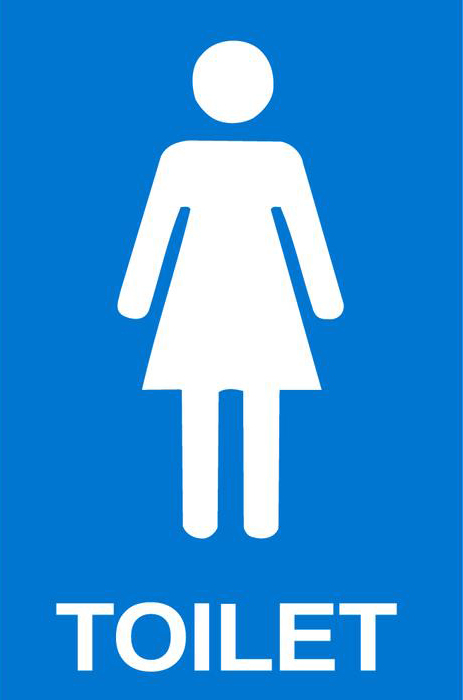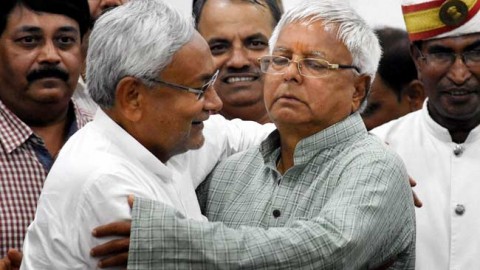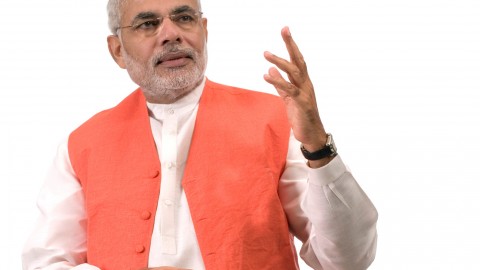When asked about the basic necessities of life, more often than not, we tend to a put a full stop after clothes, shelter, food, water and air. When talking about the condition of poverty many a times we push the issue of sanitation somewhere in the background and keep talking about poverty as an economic phenomenon. As hilarious as it might sound, the concept of sanitation and hygiene takes a back seat when it is actually a fact that we cannot function efficiently and our mind cannot concentrate until and unless we are in a state of ‘relief’!
 The biological need to defecate and urinate is something we all go through regardless of any other factor or condition. Whether I am a woman or a man, farmer or an entrepreneur, upper caste or lower caste, I will inevitably have these urges! So while traveling and this is particularly relevant for a road trip, you will feel the need to let go of your bodily waste. After all, for how long can you possibly ‘hold’? Unfortunately, in India we do not have the adequate facility of sanitation. Highways stretch for hundreds of kilometers together and a toilet will be rare sight. So what you do now? Unwillingly and most reluctantly our site of refuge is the ‘khet’ or a barren land or even behind a bush or a tree! And this is precisely from where the image of Indians urinating in public places originates! Even within a city, there is a severe shortage of toilets, let alone highways.
The biological need to defecate and urinate is something we all go through regardless of any other factor or condition. Whether I am a woman or a man, farmer or an entrepreneur, upper caste or lower caste, I will inevitably have these urges! So while traveling and this is particularly relevant for a road trip, you will feel the need to let go of your bodily waste. After all, for how long can you possibly ‘hold’? Unfortunately, in India we do not have the adequate facility of sanitation. Highways stretch for hundreds of kilometers together and a toilet will be rare sight. So what you do now? Unwillingly and most reluctantly our site of refuge is the ‘khet’ or a barren land or even behind a bush or a tree! And this is precisely from where the image of Indians urinating in public places originates! Even within a city, there is a severe shortage of toilets, let alone highways.
Amusingly, even the toilets that are built or structured in a particular place, 99% of the time they house the facility only for men. This seems to very absurdly and fascinatingly suggest that women somehow do not feel to the need to use toilets or that their biological needs of urination and defecation are simply absent! Ridiculous yet shocking.
How can you employ the discrimination card here? I am not just limiting myself to the rural areas where this problem is found, but the urban areas are no less different. And the worst part is that the issue doesn’t end with this, but this problem tags along a host of associated complications.
First let’s consider the case of rural areas. Because of the unavailablity of toilets for women, they become more exposed to diseases, infections and other health concerns. They also become easy prey for sexual exploitation. Recently, many of the rape cases in Uttar Pradesh and Haryana boiled down to lack of toilets. Vulnerable and exposed, a mere biological function transforms into shame and terror for women. They have to defecate in agricultural fields where there is a constantly lurking fear of being watched. Absence of latrines thus perpetuates manual scavenging which is in itself disturbing and a vicious product of the caste system. Therefore, it’s evident that this problem is not an isolated one; it’s rather pervasive. When it

Photo: Jim Moorman
comes to urban areas, public toilets for women are still seldom seen. The ones that are constructed are not well maintained and are almost unfit for usage.
So, this is a pan-Indian problem. And it comes as a shock to me that it isn’t been given the attention it deserves. Often, it is rejected as an unimportant issue in the face of the larger troubles that seem to plague the country. However, with the ‘Swachh Bharat’ programme, Narendra Modi threw light on this issue and emphasized the need for toilets in the household as well as the public arena. Certainly a change is expected as the problem is gaining awareness. Government action is required since you and I cannot go around building toilets all over the country. Having said that, we can only hope for change.
Tags: india Women Women toilets








